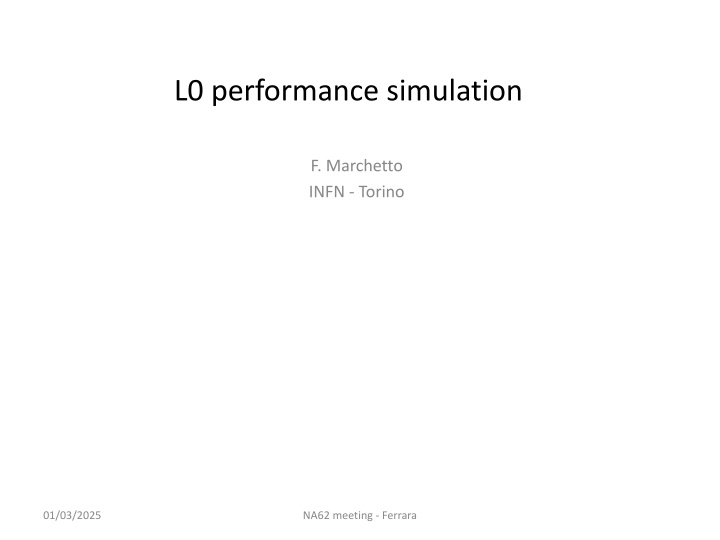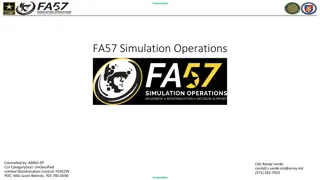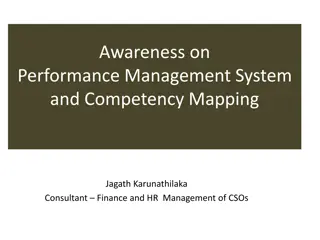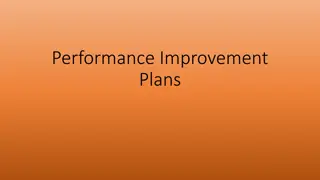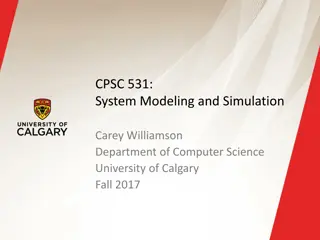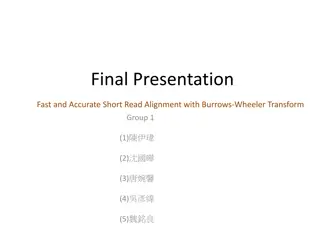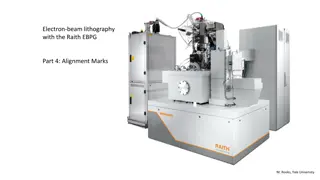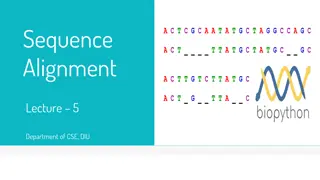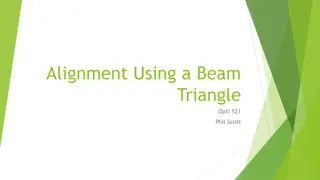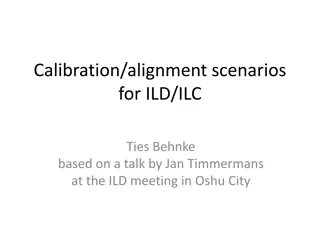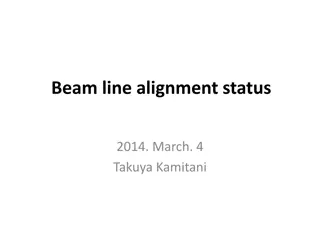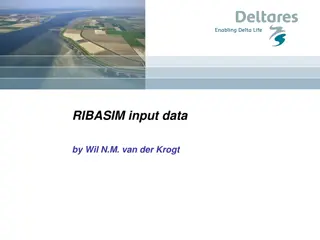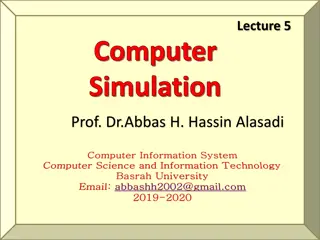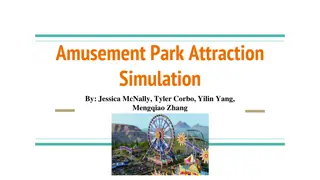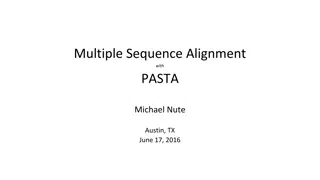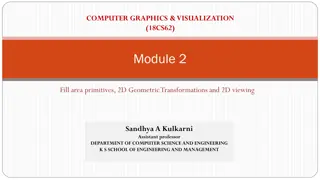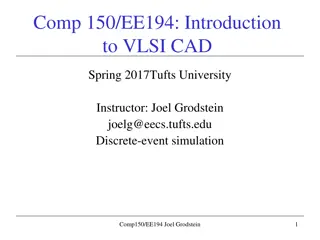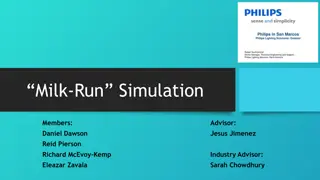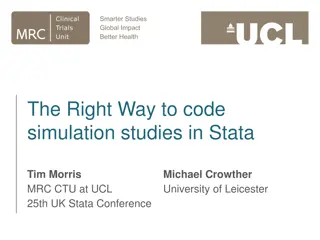Efficiency Improvement in L0 Performance Simulation Using Primitives Alignment
In the L0 performance simulation scenario presented, the alignment of primitives from detectors within timeslots plays a crucial role in enhancing trigger efficiency. Timeslot width expansion to accommodate measurement errors and the impact of detector primitive alignment on resolution are discussed. Trigger efficiency as a function of primitive resolution, detector alignment, and timeslot window configurations are explored. Considerations like background reduction, random veto, and impact on efficiency due to detector alignment variations are also covered.
Download Presentation

Please find below an Image/Link to download the presentation.
The content on the website is provided AS IS for your information and personal use only. It may not be sold, licensed, or shared on other websites without obtaining consent from the author.If you encounter any issues during the download, it is possible that the publisher has removed the file from their server.
You are allowed to download the files provided on this website for personal or commercial use, subject to the condition that they are used lawfully. All files are the property of their respective owners.
The content on the website is provided AS IS for your information and personal use only. It may not be sold, licensed, or shared on other websites without obtaining consent from the author.
E N D
Presentation Transcript
L0 performance simulation F. Marchetto INFN - Torino 01/03/2025 NA62 meeting - Ferrara
L0TP features Input: up to seven primitives from detectors Primitives: aligned according to Timeslot given by an address formed by: Timestamp + 3 MSB of the FineTime (bit 7-6-5) Fine Time bit from 0 through 4 are ignored to form the address but can be used for logical operation Each Timeslot width is: 25 ns/8 = 3.125 ns How to expand a given Timeslot to account for the inevitable measurement errors? 2 Ts -> +/-1 based on the 4th Finetime bit: 0->-1; 1->+1 Reference detector 3 Ts -1 3.125 -1 alignment +1 +1 t
4th bit = 0 4th bit = 1 3.125 ns t If 4th bit of the primitive is equal 0, then the event occurred in the first part of the timeslot If 4th bit of the primitive is equal 1, then the event occurred in the last part of the timeslot
L0 efficiency, background reduction and random veto depend on: 1) Primitives time resolution 2) Primitives time alignment 3) Timeslot width expansion (2 ,3)
Trigger efficiency as a function of the primitives resolution three detectors are required in the trigger A*B*C two detectors are required in the trigger A*B three timeslots window three timeslots window two timeslots window two timeslots window primitive resolution in nsec
Trigger efficiency as a function of the primitive resolution three detectors are required A*B*C three timeslots 3-bit from the Finetime (3.125 ns) 20% 4-bit from the Finetime (1.5625 ns) primitive resolution in nsec For primitives time resolution of 1 nsec, using 4 bits from the FineTime and opening 3 timeslots window, one loses roughly 20% of efficiency
How is affected the resolution if the detector primitives are not timewise aligned three detectors timeslot of 3.125 nsec time resolution of each primitive is 1.5 nsec trigger window of three timeslots Plot of the efficiency as a function of the time shift of two detectors, one positive and one negative. efficiency time shift (ns)
Background reduction as a function of the primitives resolution The veto window can be extended to two timeslots or three timeslots, using the same algorithm as explained 1 detectors in VETO two timeslots three timeslots
Background reduction as a function of the primitives resolution 2 detectors in VETO two timeslots three timeslots
Tentative conclusions Efficiency timeslot of 1.56 ns requires that the time resolution of the primitives should be better than 0.5 ns otherwise the trigger efficiency would be jeopardized; trigger window of three timeslots are necessary; beside time resolution, also the alignment (for which the full Fine Time is necessary) has a relevant impact; Background rejection in case of a single detector in veto, three timeslot window has an impact in the reduction for two or more primitives in veto, the impact is limited and the two timeslot window is already quite effective.
